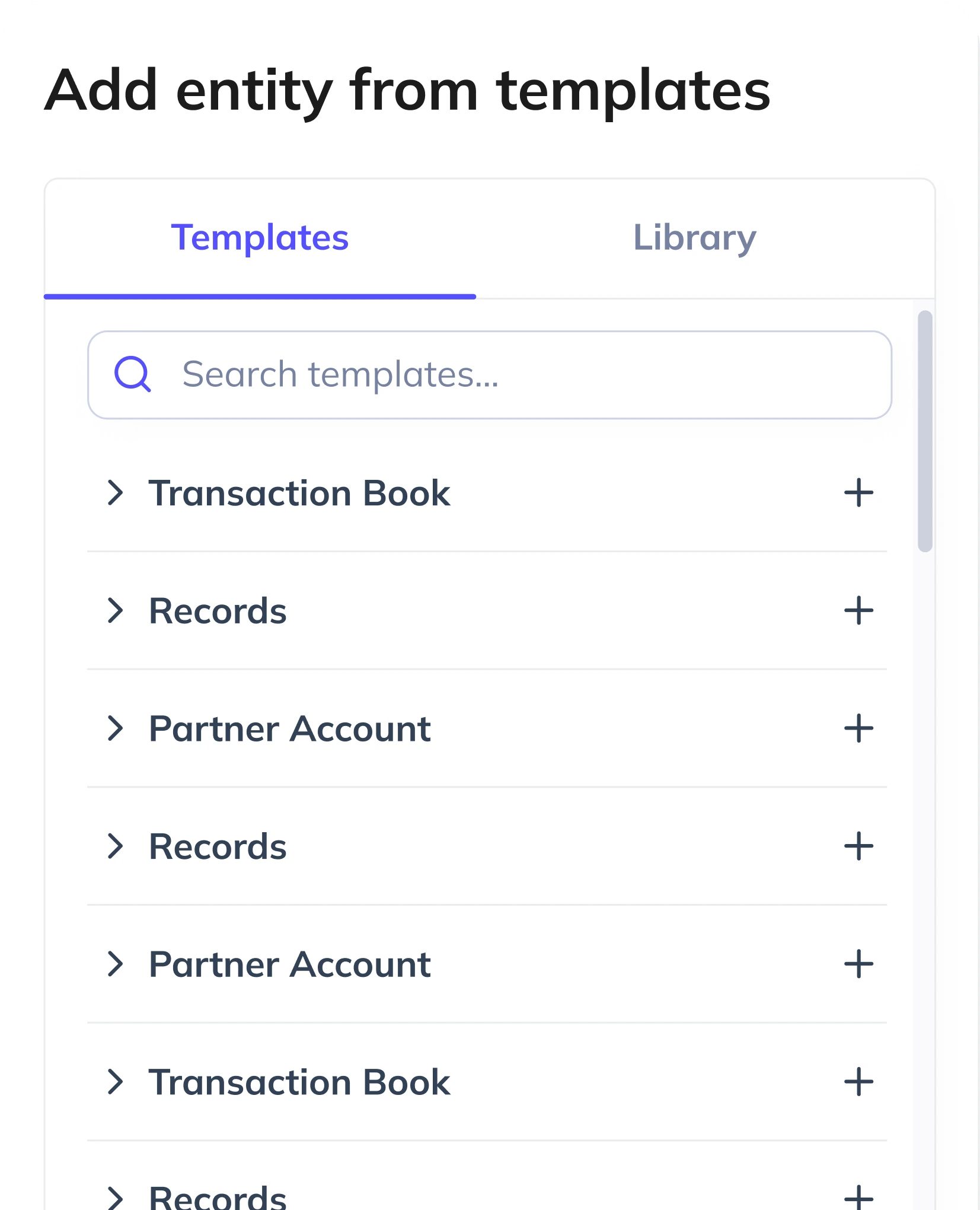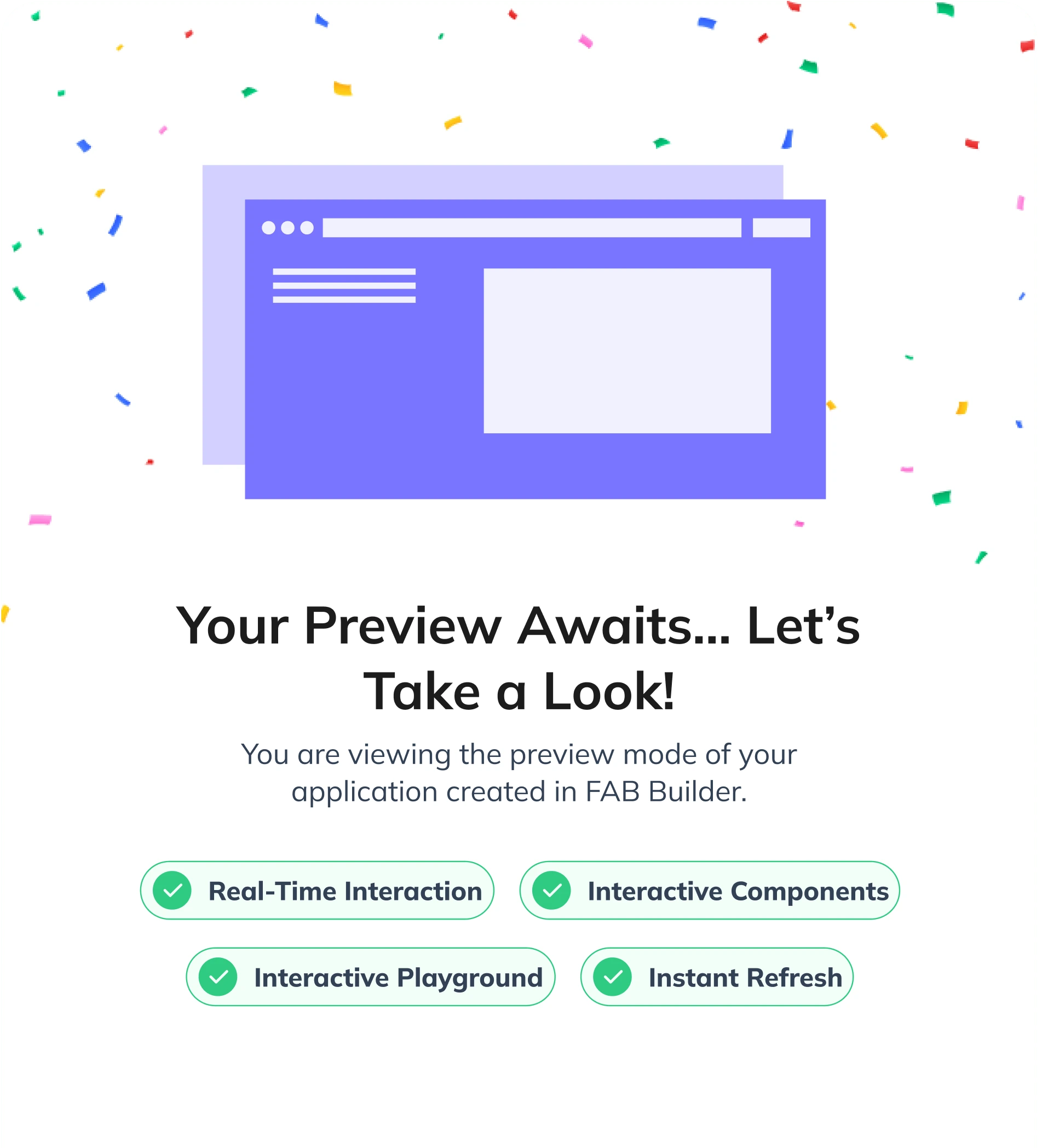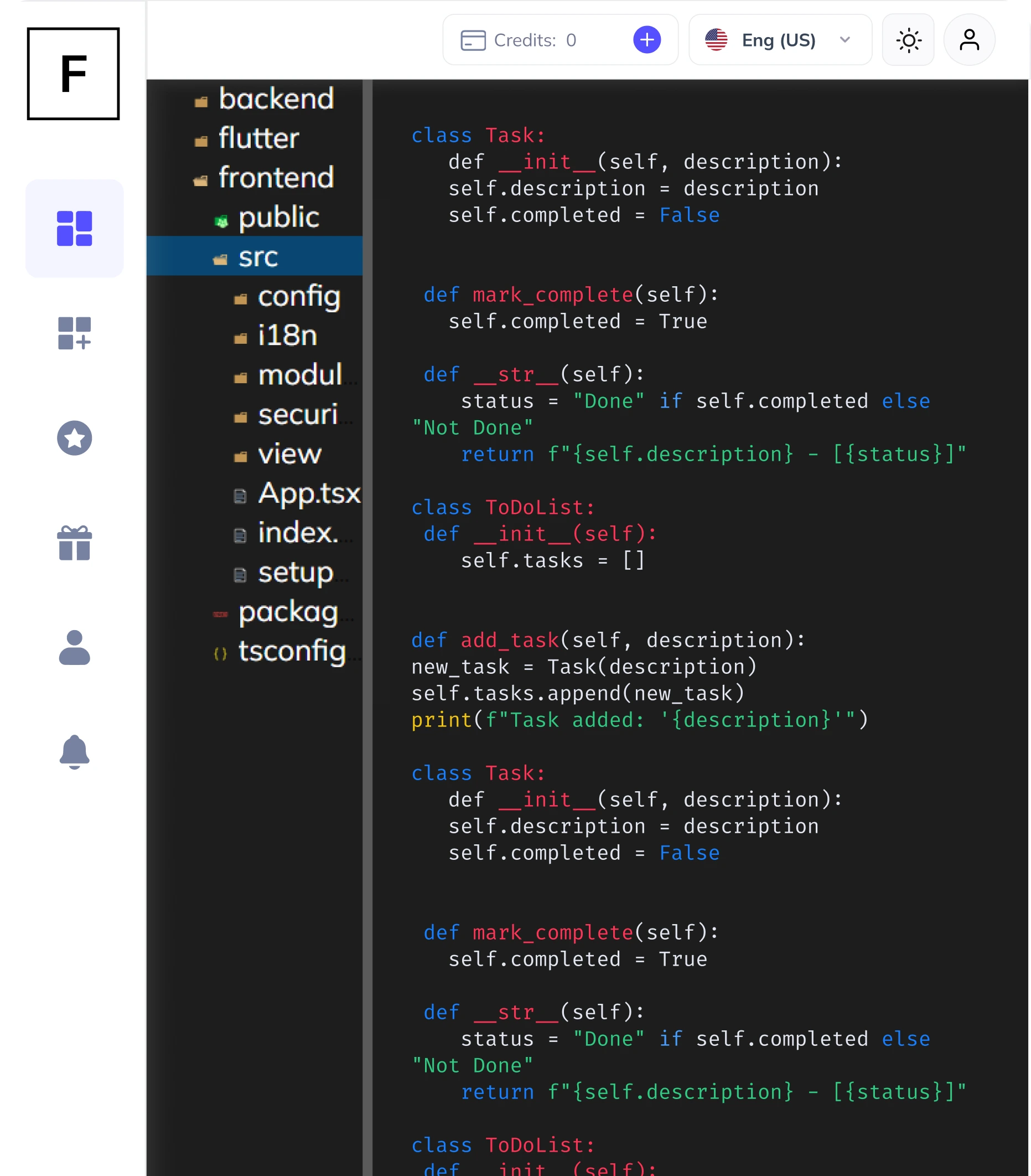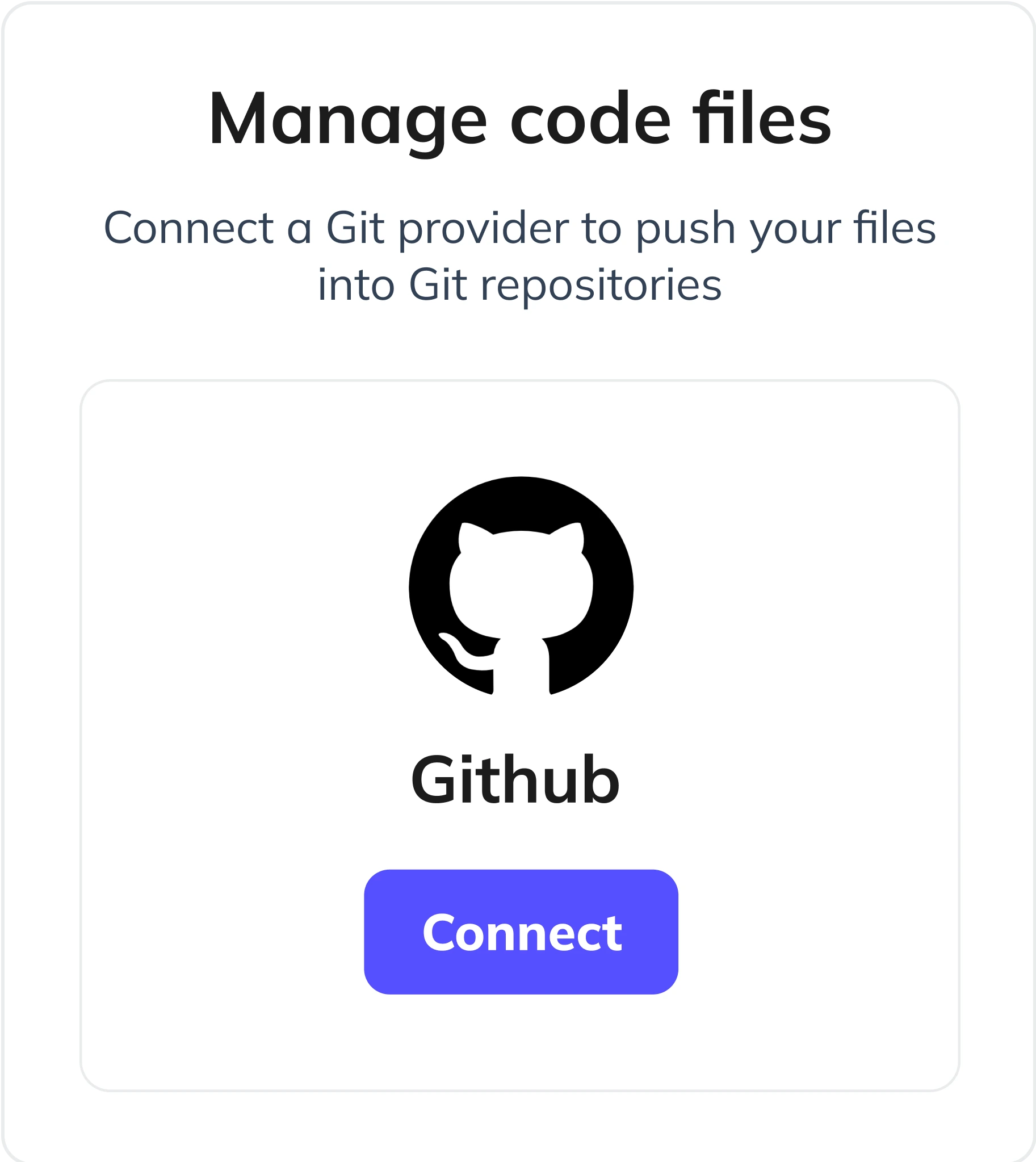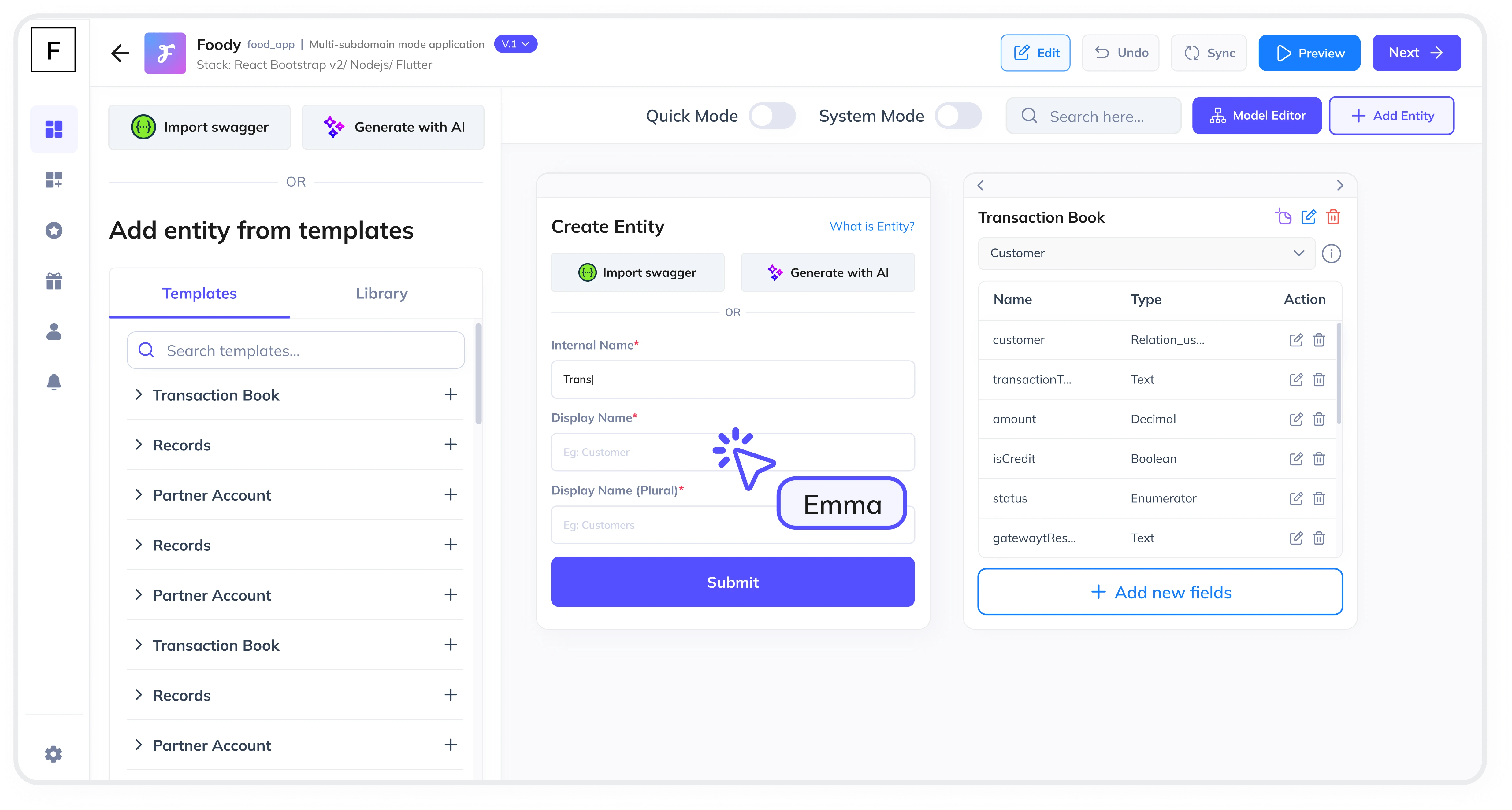Summarize and analyze this article with:
Nonprofit organizations and donation platforms rely heavily on campaign tracking modules to monitor progress, measure impact, and ensure transparency. A well-designed campaign tracking module not only helps in managing donations but also provides insights into donor behavior, campaign performance, and overall impact. In this guide, we’ll walk you through the step-by-step process of creating a campaign tracking module using FAB Builder, a powerful low-code platform that simplifies application development.
Why Use a Low-Code Platform for Your Nonprofit and Donation Platform?
Low-code platforms like FAB Builder offer several advantages for nonprofit and donation platforms:
- Rapid Development: Build applications faster with pre-built templates and AI-assisted tools.
- Cost-Effective: Reduce development costs by minimizing the need for extensive coding.
- Scalability: Easily scale your application as your organization grows.
- Customization: Tailor your application to meet specific needs without compromising on functionality.
Key Features of FAB Builder
- AI-Assisted Entity Creation: Automatically generate entities and fields based on your application description.
- Full Source Code Download: Download and customize the generated code without any restrictions.
- Multi-Tenant Configuration: Create SaaS applications and sell subscriptions to B2B consumers.
- Bulk Data Import/Export: Handle large volumes of data with ease using Excel templates.
- Payment Gateway Integration: Seamlessly integrate with popular payment providers.
- Role-Based Permissions: Control access to data and features with role-based permissions.
Step By Step Guide to Creating a Campaign Tracking Module
Step 1: Define Your Campaign Tracking Requirements
Before diving into development, it’s crucial to define the requirements for your campaign tracking module. Consider the following:
- Campaign Goals: What are the objectives of your campaigns? Are you raising funds, increasing awareness, or both?
- Donor Management: How will you track donor information, contributions, and engagement?
- Reporting and Analytics: What metrics will you track? Examples include total donations, donor retention rates, and campaign ROI.
- Role-Based Permissions: Who will have access to the campaign tracking module? Define roles such as admin, manager, and donor.
Step 2: Create Entities and Fields Using FAB Builder
With FAB Builder, you can quickly create entities and fields based on your requirements. Here’s how:
- Describe Your Application: Use FAB Builder’s AI-assisted entity creation feature to describe your campaign tracking module. For example, you might describe it as a system to track donations, donors, and campaign progress.
- Generate Entities: FAB Builder will automatically generate entities such as Campaign, Donor, Donation, and Report.
- Customize Fields: Add or modify fields as needed. For example, the Campaign entity might include fields like Name, Goal Amount, Start Date, and End Date.
Step 3: Implement Bulk Data Import and Export
Nonprofit platforms often need to handle large volumes of data. FAB Builder simplifies this with its bulk data import and export features:
- Excel Templates: FAB Builder automatically creates Excel templates for importing data based on your entity fields.
- Role-Based Permissions: Control who can import or export data, ensuring data security and integrity.
- Flexible Storage Options: Choose from file system storage, Google Cloud Storage, AWS S3, or other S3-compatible providers.
Step 4: Integrate Payment Gateways
To facilitate donations, integrate payment gateways into your platform. FAB Builder supports integration with popular payment providers like Stripe, RazorPay, PayPal, and more. This allows you to collect payments seamlessly, whether through subscriptions or one-time donations.
Step 5: Configure Role-Based Permissions and Security
Security is paramount for nonprofit platforms. FAB Builder offers:
- Role-Based Access Control: Define roles and permissions to control who can view, edit, or delete data.
- Multi-Layer Security: Protect sensitive data with multi-layer security measures, including encryption and secure file storage.
Step 6: Deploy and Monitor Your Application
Once your campaign tracking module is ready, deploy it to the cloud with just one click. FAB Builder supports managed hosting services for AWS, GCP, and Azure. After deployment, monitor your application’s performance and make adjustments as needed.

Why Choose FAB Builder for Your Nonprofit and Donation Platform?
FAB Builder is a low-code platform that enables you to create full-stack applications, including mobile apps, with ease. Here’s why FAB Builder stands out:
- AI-Assisted Entity Creation: Describe your application, and FAB Builder will automatically generate the necessary entities and fields.
- Full Source Code Download: All generated code is downloadable, giving you complete ownership and control over your application.
- Production-Ready Code: The code generated by FAB Builder is production-ready and can be deployed to AWS, GCP, or Azure with just one click.
- Customization and Scalability: FAB Builder offers full support for customization, allowing you to tailor the application to your specific needs.
- Multi-Tenant Configuration: With FAB Builder, you can create SaaS applications and sell subscriptions to your B2B consumers using multi-tenant configurations.
Conclusion
Creating a campaign tracking module for nonprofit and donation platforms is a complex but essential task. With FAB Builder, you can simplify the process, reduce development time, and create a scalable, secure, and customizable application. Whether you’re building an MVP or taking your application to production, FAB Builder provides the tools and flexibility you need to succeed.
Ready to get started?
Explore FAB Builder today and see how it can transform your nonprofit and donation platform development process.






